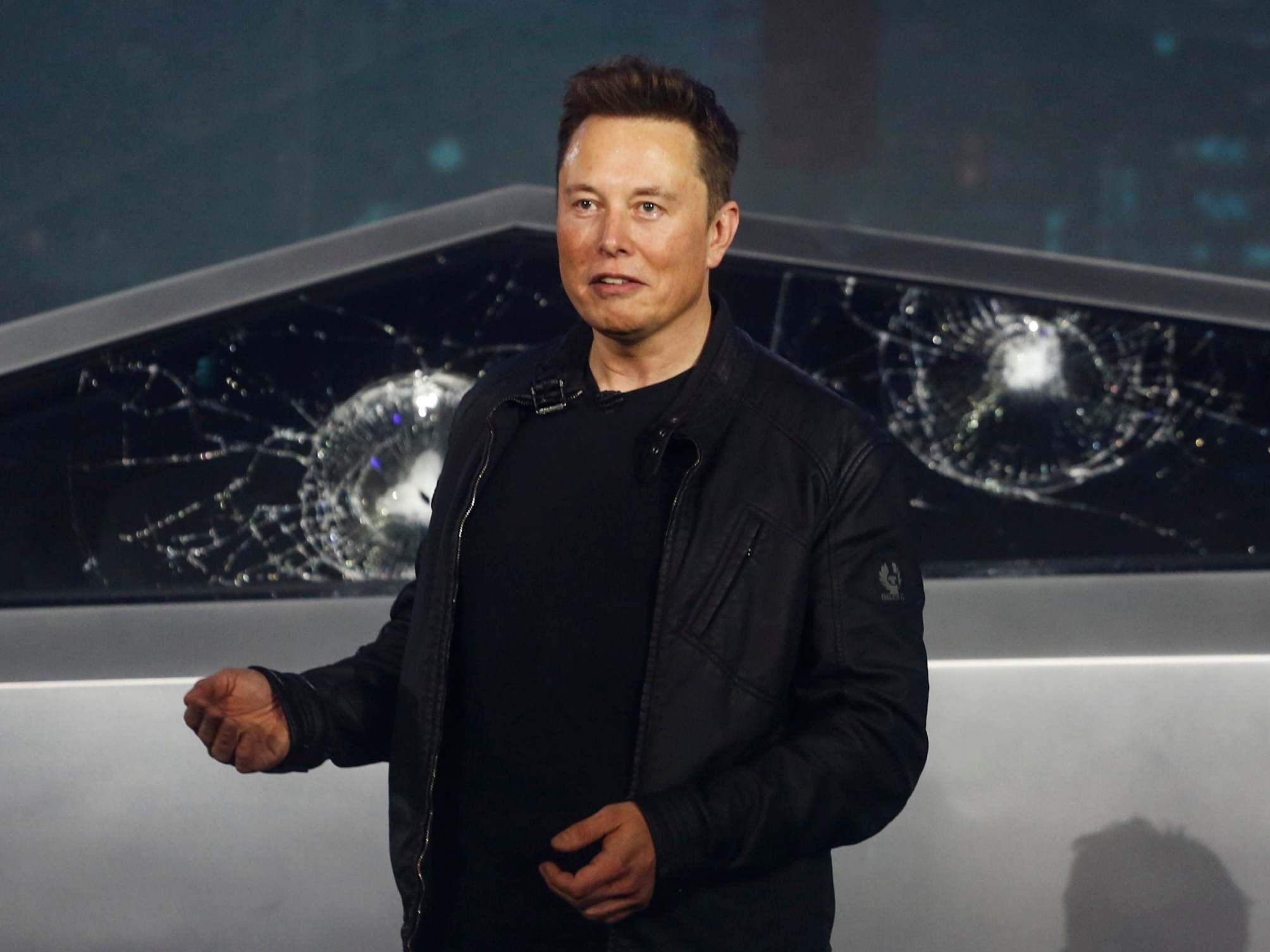Tesla's shares are skyrocketing and we all need to get a grip
What this potentially means for climate change, however, is important

As Tesla shares pass $500 for the first time, valuing the used-to-be startup (now nearly 17 years old) at $96 billion, we all need to get a grip. But maybe not in the ways some in the stock market would have you think.
Much conventional wisdom posits Tesla’s surge as a Tech Bubble Redux, harking back to the last-gasp blowout of internet stocks ending in March 2000. After shares rose to $525 yesterday from $179 in March, the most common complaint is that Tesla is now supposedly worth more than General Motors and Ford combined.
That’s not true, and not the point. The point is the stake we all have in the success of electric vehicles, whether Tesla-made or not. And that’s in danger of being lost in the US campaign season.
First, let’s deal with the easy part, which is Tesla’s stock. When I first began writing about Tesla, it was around $250, and I wrote that I would’ve liked the shares better at $200, but $250 was an OK starting point for new money. The same is true today: I’d be happier with Tesla around $400 to $450, but Tesla at $525 isn’t the worst idea in the world. If you have some, hold it. If you want some, wait for it to fall, or let some mutual fund manage the ins and outs for you.
Tesla’s not, remotely, valued at more than Ford and GM combined — or either one, for that matter — and this is not remotely like the internet stock bubble. The theme comes from looking at the value of Tesla’s stock alone — which indeed is more than the sum of GM’s $50 billion and Ford’s $36.6 billion. But that’s not even half of what the businesses are worth. Measured properly, Tesla is still the smallest and lowest-valued of the three.
To get a company’s enterprise value, one adds the stock valuation to the company’s debt load, then subtracts its cash. What’s left is Wall Street’s true opinion. Tesla has $12.6 billion in debt, and about $5.6 billion in cash. Add it up, and the round number is $102 billion, plus or minus. GM has more than $105 billion in debt, including its finance arm, and $29 billion in cash. So its value is about $127 billion. Ford’s $36.6 billion market cap virtually matches its $37.3 billion in cash, and it owes about $115 billion.
So the market thinks Ford is worth 15 per cent more than Tesla, and GM worth about $10 billion more than Ford.

In truth, you’d rather own Tesla than either. It’s growing faster than both, and shortly will generate more cash than Ford, in particular. Moody’s Investor Service rates Ford’s bonds as junk, and GM’s only a couple of cuts higher, assigning a rating that says its paper is “medium grade” and “contains speculative elements.”
With the new Model Y crossover expected to hit at midyear — the huge Tesla rally since fall was sparked largely by news that the Y would arrive months sooner than expected — Tesla will generate $1.7 billion in free cash flow this year, JMP Securities analyst Joe Osha says. Morgan Stanley says the much-larger Ford, scrambling to catch up in EVs, will also generate about $1.7 billion while chasing investments Tesla has already made. JMP’s 2020 forecast includes almost no contribution from the Model Y, making it conservative.
So, Tesla’s trading at 18 to 19 times what securities firm Baird says it will earn in 2021 before interest, taxes, depreciation and amortization. That’s less than growth companies like Netflix or even the relatively pedestrian Ring, Baird says. Baird cut its investment rating on Tesla January 9, saying shares reflect recent good news. But it’s not overpriced, analyst Ben Kallo said.
The real risk isn’t Tesla stock — it’s that electric vehicles won’t get adopted fast enough.
Tesla itself makes mostly $45,000-and-up cars (the average new vehicle in the US costs about $35,000), but even its growth has been aided by $7,500 federal tax credits. Those phase out soon — Tesla’s last credits were used in December — with EVs claiming only 1.4 per cent of US vehicle sales.
Simplifying slightly, most Americans’ carbon usage is one-third from electricity, one-third from transportation (mostly cars) and one-third everything else. With effects of climate change arriving even faster than forecast, including the Australia fire that may have killed a billion animals, slowing adoption of carbon-free transportation is nuts. That’s why many Democrats want to extend or even expand the federal tax credit to $10,000.
Doing this hastens the day when carbon-free cars penetrate segments car buyers want most, especially crossovers and sport-utility vehicles. Tax credits wipe out the up-front cost advantage of gasoline-powered vehicles about five years before experts think technology will do it anyway. With the world racing to slash emissions by 2030, those five years count.

So, “getting a grip” on Tesla has two elements.
The easy one is to stop getting worked up about the stock. It might be somewhat overvalued, but it’s basically OK.
The important one is getting serious about extending tax credits — not just to Teslas, but for 200-plus models of electric Fords, Chevys, BMWs and everything else hitting the market in the next few years.
If you don’t believe me, ask any Aussie you know, mate.
Join our commenting forum
Join thought-provoking conversations, follow other Independent readers and see their replies
Comments
Bookmark popover
Removed from bookmarks